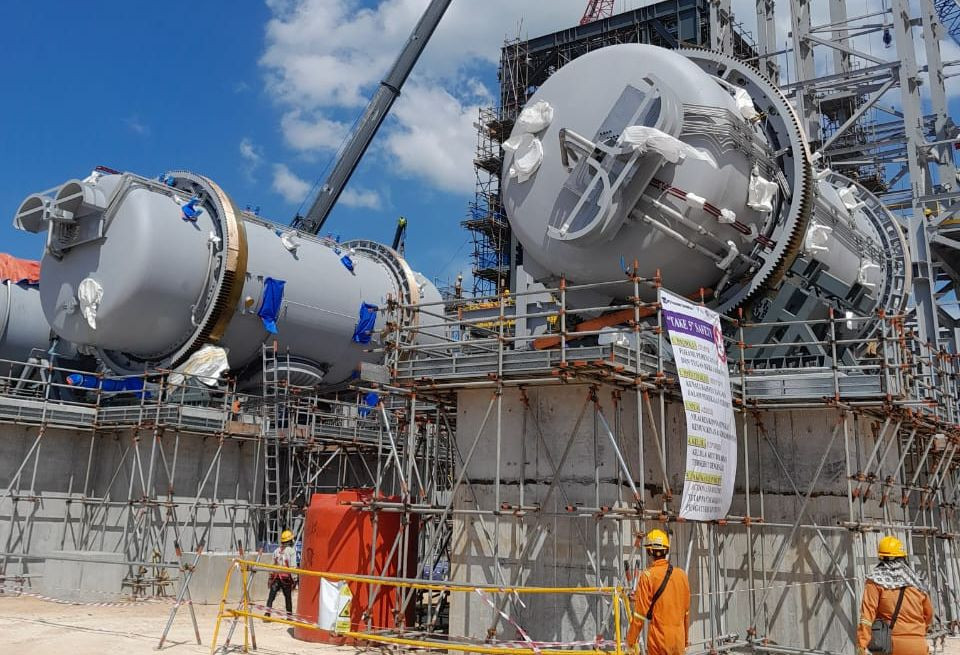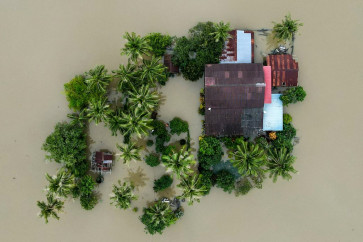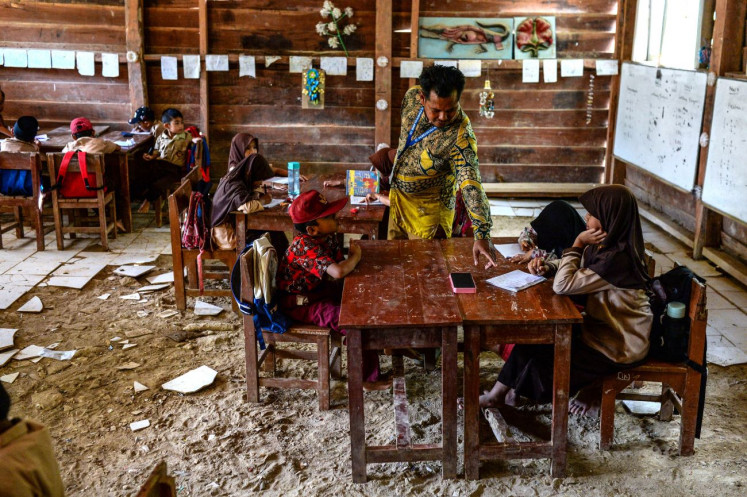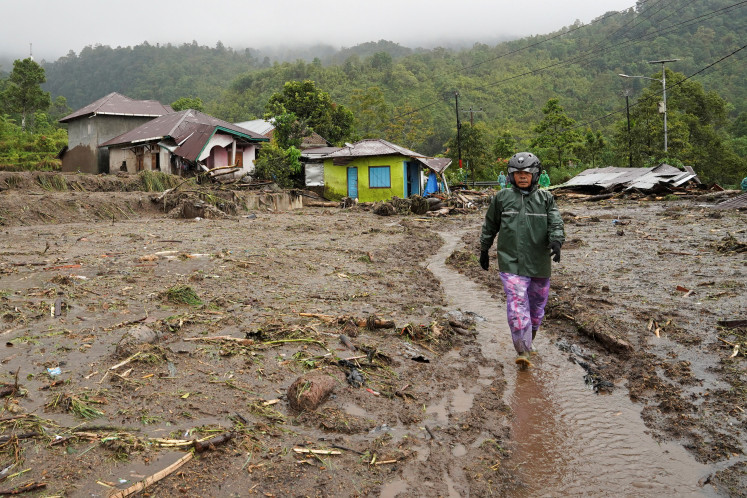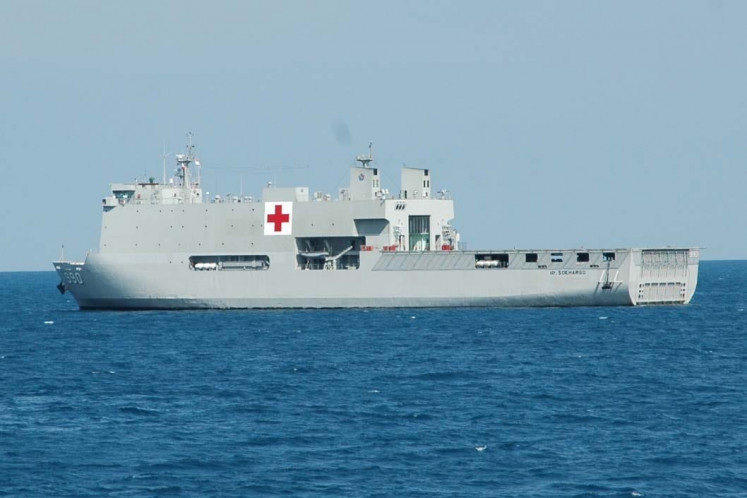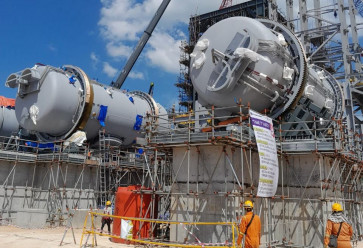Popular Reads
Top Results
Can't find what you're looking for?
View all search resultsPopular Reads
Top Results
Can't find what you're looking for?
View all search resultsIndonesia can take full benefit of resource nationalism
Although the effect comes late, Indonesia’s export downstream of nickel, among them stainless steel and ferronickel, increases sharply two years and five years after the export ban entered into force.
Change text size
Gift Premium Articles
to Anyone
The government is taking bold steps toward unlocking the full potential of its rich mineral resources by implementing a forward-thinking export restriction policy on minerals. The 2009 Mineral Law introduced a requirement for smelter development as a condition for export, and the government has since implemented several measures to restrict exports, including bans on nickel in 2022, bauxite in 2023 and copper, tin and gold to follow.
Last month, Indonesia further increased trade protection measures by raising export taxes on copper, laterite, zinc and lead concentrates from 0-5 to 5-15 percent in 2024, depending on the product and its smelter development progress.
Indonesia’s success with its nickel export ban in 2014 has caught the attention of its neighbor, the Philippines, which is now considering imposing a 10 percent export duty on its own nickel ores.
While the policy lead to the sudden decline in Indonesia's critical mineral exports, which the government conceded, it has spurred investment in the smelter development and hence increased the value-added production of critical minerals. This is particularly evident in the case of nickel, where the export ban of 2014 increased the number of smelters from two to 13, with an annual input capacity of nearly 27 million tons. With the recent nickel export ban in 2022, the government plans to have 30 nickel smelters with a total capacity of 70 million tons this year.
Although the effect comes late, Indonesia’s export downstream of nickel, among them stainless steel and ferronickel, increases sharply two and five years after the export ban entered into force, respectively. According to the United Nations COMTRADE data, Indonesia’s export of stainless steel was near zero back in 2014 but exceeded US$10 billion in 2021. For ferronickel and other nickel products, the export increases six times from around $3 billion in 2014 to almost $20 billion in 2022.
However, this success has come at a cost. The world export of ferronickel goes down from around $850 billion in 2014 to around $450 billion in 2022, indicating that global production of ferronickel is slowing down since Indonesia restricts its nickel ores supply.

